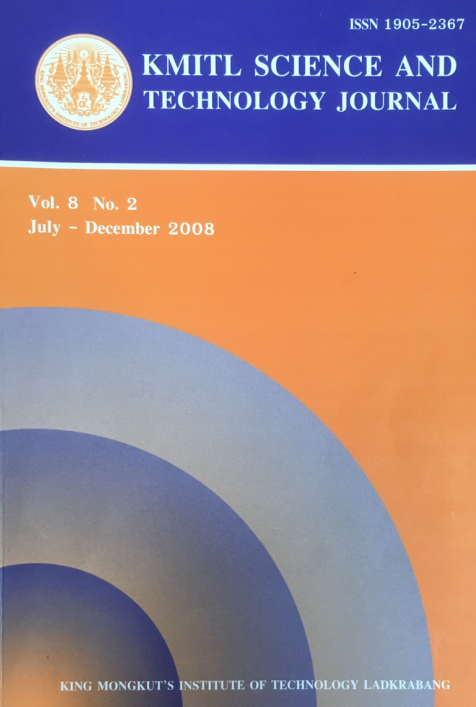The application of non-thermal processing for inactivation of yeast (Saccharomyces cerevisiae) in orange juice was investigated and compared with conventional thermal processing. The results showed that less than 1 log of yeast in orange juice could be inactivated during thermal processing at 50 0C and 15 min treated time. In contrast high pressure treatment at moderate temperature (50°C) and 100 to 300 MPa resulted in total (up to 6 log ) inactivation of yeast in orange juice. Supercritical CO2/liquid CO2 treatment at ≥6 MPa and 50 °C was sufficient to inactive yeast up to 6 log after 15 min treatment time. For high electric field pulses, the field strength used in this study(15 kV/cm) was high enough to reduce the yeast number up to 2 log after 60 pulses in orange juice.Inactivation of yeast in orange juice using ultrasound is possible. Ultrasound amplitude at ≥40%(≥80 W) combined with moderate temperature (50 0C) resulted in up to 6 log inactivation of yeast in orange juice after 15 min treatment.
KEYWORDS: non-thermal processing, orange juice, yeast inactivation, ultrasound
E-mail: egmne@mahidol.ac.th
Kuldiloke, J. ., & Eshtiaghi*, M. N. . (2018). Application of Non-Thermal Processing for Preservation of Orange Juice. CURRENT APPLIED SCIENCE AND TECHNOLOGY, 64-74.

https://cast.kmitl.ac.th/articles/136796